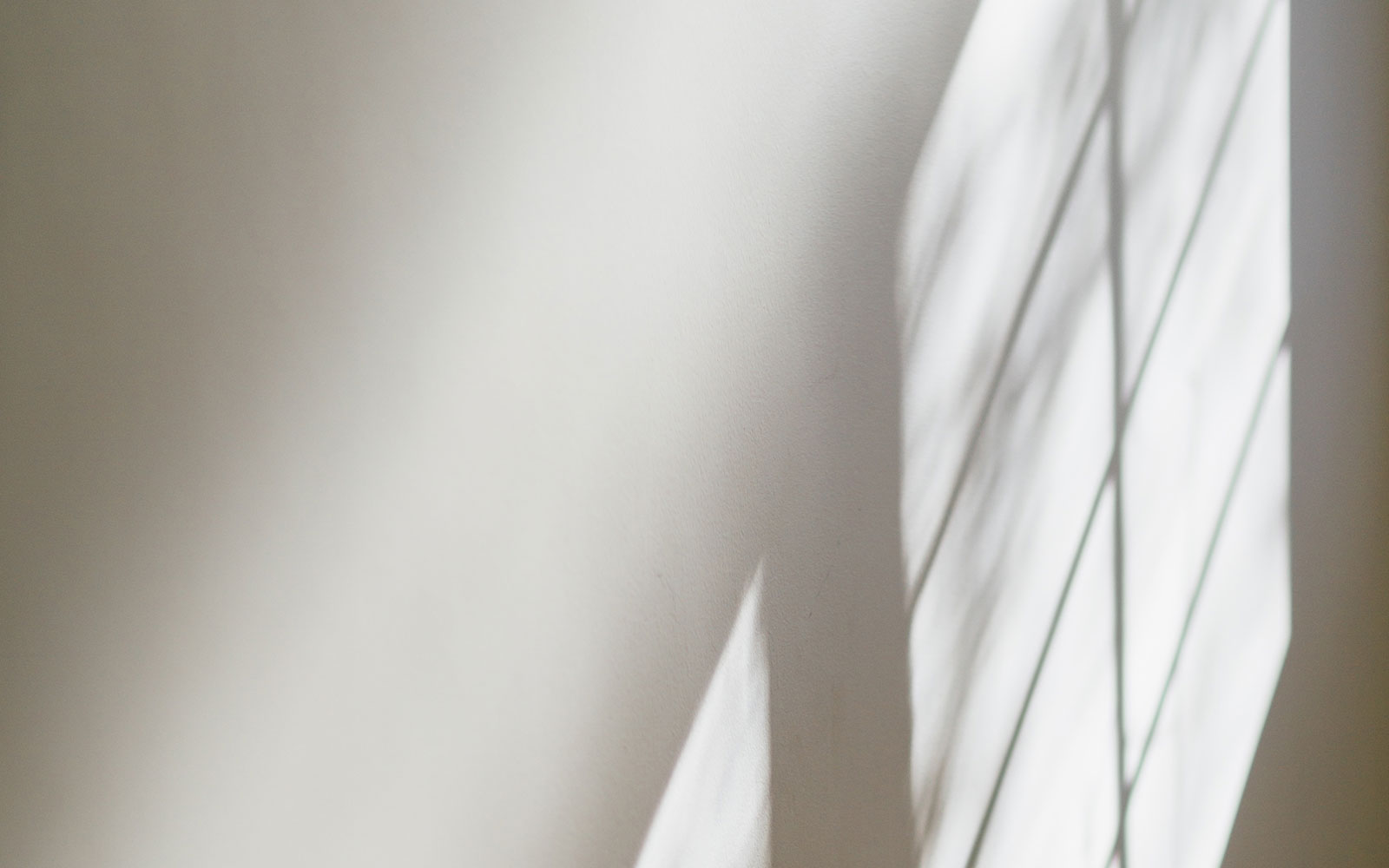Why glass matters in sustainable design: A response to David Coley
Viridian Glass responds to a recent article that has misleadingly put the spotlight on the application of glass in construction and design:
Over the weekend, we here at Viridian believe that glass has been unfairly singled out in one man’s bid to address the changes that must occur in buildings and houses, as our planet becomes more and more affected by climate change. And as lovers of glass, we want to stand up and give a rational voice to a product that has been discriminated against.
Written by University of Bath’s David Coley, the article entitled “Climate change means we can’t keep living (and working) in glass houses” stresses that the amount of glass in a building needs to be reduced significantly in order to achieve better climate control. Coley places a significant, and unfair emphasis on the fact that windows in buildings need to change, pushing that they should only get smaller. Whilst it is true that in comparison to a brick wall, glass can be a poorer insulator but we also need to consider, can a brick wall bring to a space what a window does?
Furthermore, Coley addresses the point that climate change is heating up our climates, and that we as a society can’t simply keep pumping our air conditioners to combat the rising and cooling temperatures at the expense of our environment. Here at Viridian, we completely agree – the designs and architecture of our buildings does in fact need to change. But does that have to come at the expense of a lack of glass, and therefore a lack of habitability? We think not.
Let’s not forget that the basis and primary purpose of a building is liveability and amenity for humans, not just a low-energy-use box. Coley implies that homes and workplaces cannot be energy efficient whilst also reaping the benefits of glass – light filled, comfortable, better quality spaces with an enhanced connection with nature. Well Mr Coley, we actually think the change that needs to occur lies in the hands of the designer, who must play a role in ensuring better building environments – designing more buildings, with more glass, that have exceptional energy efficiency performance.
We’re not alone in our stance on the importance that lies in the design stage. Also appearing online in the past few days was an article by Sian Johnson from Architecture AU titled, “Draft building code, ‘going backwards’ on energy efficiency”. Johnson reiterates our point – design matters. The current proposed changes to the sustainability section of the National Construction Code could lead to “more houses and apartments being built with poor energy efficiency performance” because the sustainability standards are nowhere close to high enough. If energy-efficient design is not addressed from a national level, the public will suffer with buildings for years to come.
Glass doesn’t have to be left behind when it comes to sustainable design for the places we are going to live and work in the future. Simply stated, architecture needs to change to ensure that the buildings of the future reflect the needs of our future, and it does not have to come at the expense of natural light in our living spaces.
The Living Space is brought to you by Viridian New World Glass.
